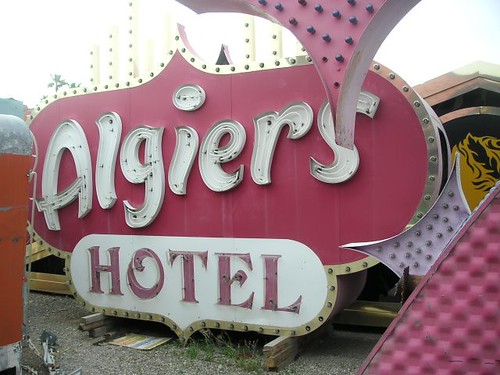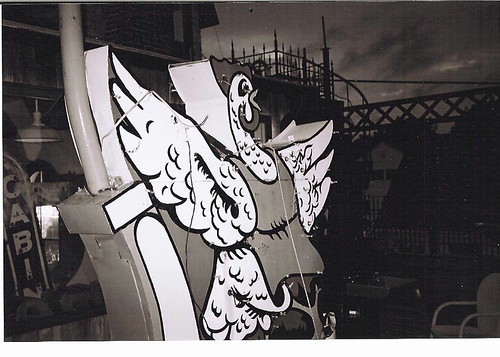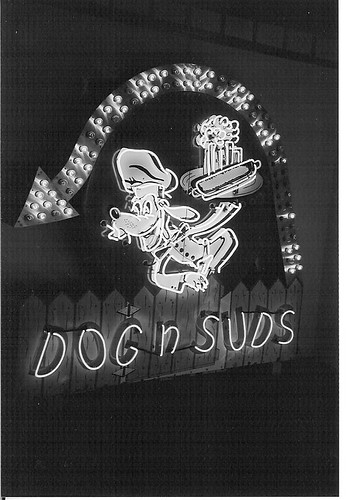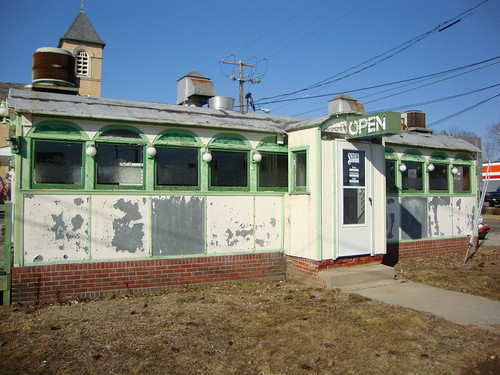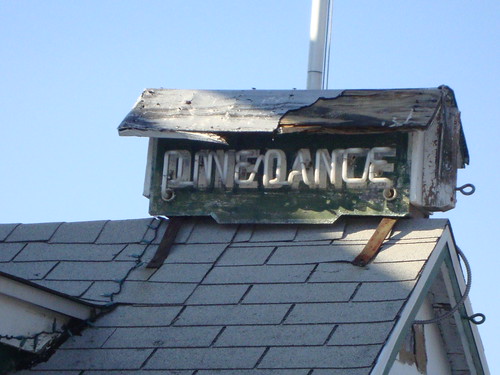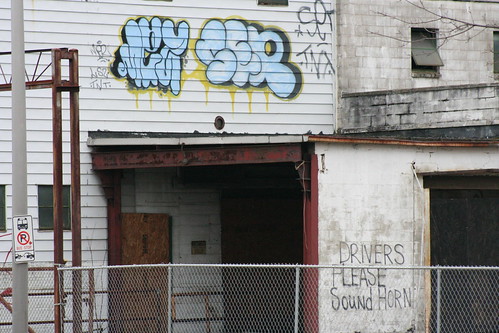The Backside of America hasn't featured a photo of a person and you might think it never will. Old and decaying buildings make nice photographic subjects. They're interesting, evoke a mood and are mostly charming. People on the backside aren't always quite as welcoming or as pleasing to look at. But, their story should be told as well.

Ocean Beach, CA, is a great little seaside town north of San Diego where parents in SUVs and minivans line up at the beach waiting for their kids to finish surfing the way the rest of the country picks up their kids from soccer practice. I had just finished one of the finest cheeseburgers and tastiest onion rings I've ever had at a fantastic joint called Hodad's and was walking off my power supper by roaming around town taking pictures. As I stepped back from a street corner to frame a photo of a couple of surf kids across the street, I almost stepped on these two guys.
They immediately began heckling me with "What are you taking a picture of!" Soon they were saying "Take our picture. Take a picture of the homeless. Get a picture of the 13's". I didn't understand and thought maybe they were just baiting me. I braced for confrontation, but they clarified they wanted to me to take a picture of them and their tattoos. The 13's. I talked to these guys for 15 minutes or so and took several pictures. They talked about multiple tours in the military and first-hand knowledge of Iraq and Afghanistan. I learned about their distaste for President Dubya and their hope for Obama. Dropped out and disenfranchised, they were living the Backside. I felt lucky to take their picture.

